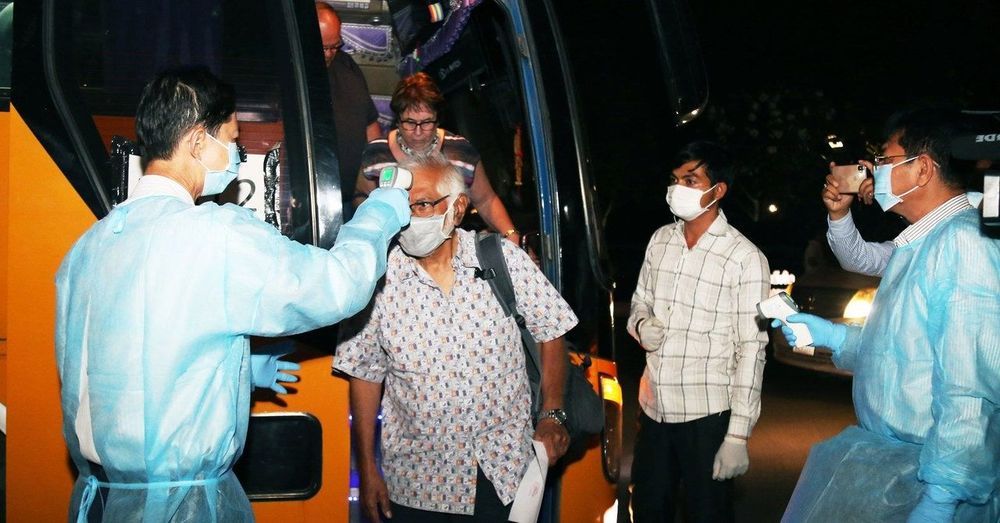Scientists find evidence of specialized digestion and an impressive immune system in the genome of the cinereous vulture.


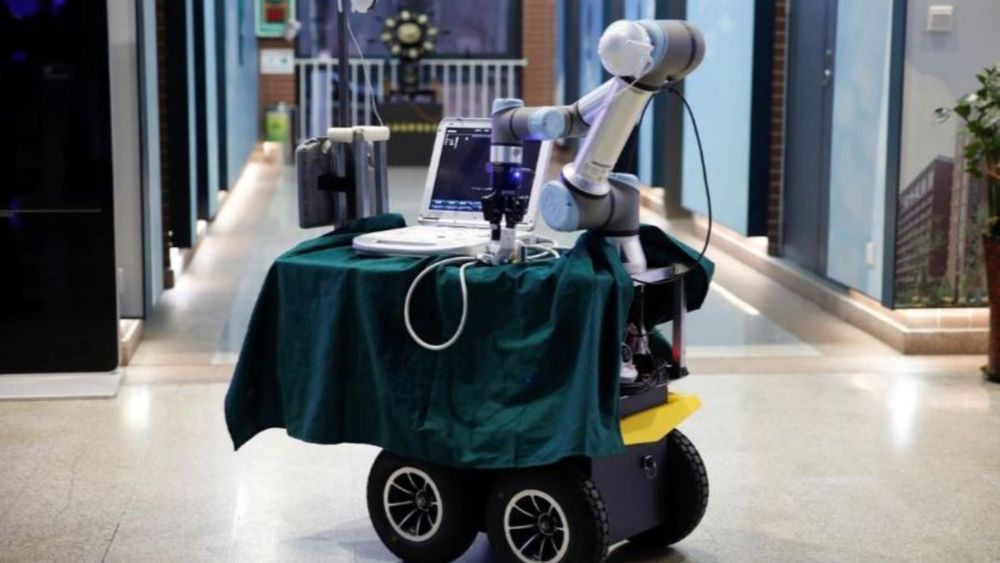
Chinese researchers have developed a robot designed to help doctors treat the new coronavirus and other highly contagious diseases.
The machine has a long robotic arm attached to a base with wheels. It can perform some of the same medical examination tasks as doctors. For example, the device can perform ultrasounds, collect fluid samples from a person’s mouth and listen to sounds made by a patient’s organs.
Cameras record the robot’s activities, which are controlled remotely so doctors can avoid coming in close contact with infected patients. Doctors and other medical workers can operate the machine from a nearby room, or from much farther away.
Useful video for the development of the rejuvenation industry.
Scientists today now have a better understanding of the aging process, giving us a better explanation of the cellular changes that lead our body and brain to decline as we age.



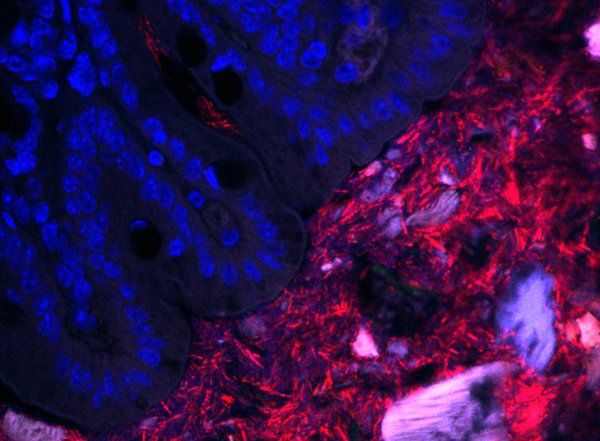
Over many years, the Mazmanian laboratory has described how Bacteroides fragilis in the gut produces beneficial molecules that protect mice from inflammatory bowel disease and autism-like symptoms. Like a densely populated city, a vast majority of the B. fragilis in the gut live within the central part of the intestinal tube, called the lumen. However, the Mazmanian laboratory discovered in 2013 that some B. fragilis reside in the bacterial equivalent of small towns, nestled into microscopic pockets within the tissue walls lining the tube. These sparse populations are protected by mucus and are largely unaffected by antibiotics, suggesting that they act as population reservoirs that ensure long-term colonization.
“For humans, where we live can dictate how we behave—for example, a person living in a city likely has a different everyday life than a person living in a small rural community,” says former graduate student Gregory Donaldson (PhD ‘18), the first author on the new paper. “For the bacteria that we study, the intestines represent their entire world, so we wanted to know how differently they behave depending on how far away from the intestinal surface they are.”
Though they may live in different habitats within the gut, these B. fragilis populations all have the same genetic code. What may differ, however, is how they express those genes—is a bacterium expressing a gene for replication and division, for example, or perhaps for an enzyme that digests food? Donaldson aimed to measure and compare gene expression in these two populations (intestinal wall tissue and lumen of the gut) to determine what, if any, differences were seen.
This posed a technical challenge. Because the population of bacteria living in the tissue lining is so small, their genetic material becomes obscured during sequencing by the genetic material of the mouse cells, which is far more abundant than that of the bacteria. Though mice and bacteria are distinctly different genetically, sifting through the mouse RNA to find the bacterial RNA is like finding a needle in a haystack.
Here, a crucial collaboration with Ashlee Earl of the Broad Institute made the research possible. Earl and her team led the development of a new technique, called hybrid selection RNA-sequencing, designed to fish out the elusive strands of bacterial RNA like using a magnet to search for the needles in a haystack.
“Inspired by a previous approach to sequence small populations of parasites in human blood, we developed a technique that could boost the amount of bacterial RNA we could detect in these host-rich samples by orders of magnitude,” says Earl. “This technique not only helped to reveal a new aspect of the Bacteroides-host relationship, but now provides us with a more general tool for listening in on conversations between humans and their rarest inhabitants.”
This technique revealed that B. fragilis residing in the gut tissue are surprisingly metabolically active and thriving despite their sparser population. Donaldson and his team found that one particular gene in these bacteria help them to establish a foothold in the tissue lining. Without this gene, they are unable to colonize this habitat, which is detrimental to their long-term colonization of the animal.
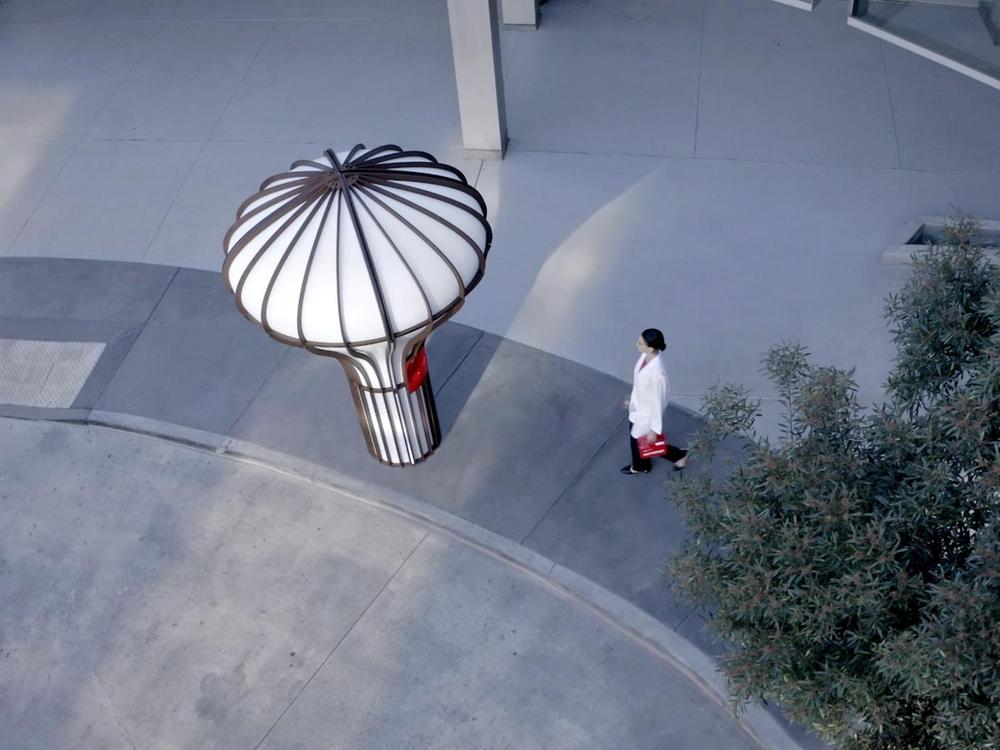
If drone delivery companies get to shape city streets to their liking, the curbside array of lamp posts, garbage cans and free magazine distribution boxes will be joined someday by docking stations for their aircraft. Matternet on Tuesday unveiled a 10-foot tall kiosk three years in the making that’s designed to safely integrate its medical delivery drones into urban environments — and to drastically reduce the number of employees the startup needs and achieve a breakthrough on costs.
Plenty of companies have developed docking stations for recharging drones and to shelter them when they’re idle. Matternet could be the first to field a system that automatically handles cargo.
After its M2 drone enters through the top and docks, the station loads and unloads payload boxes, swap batteries and assesses the condition of the drone. Medical workers will be able to retrieve and drop off boxes through a hatch after scanning their IDs.
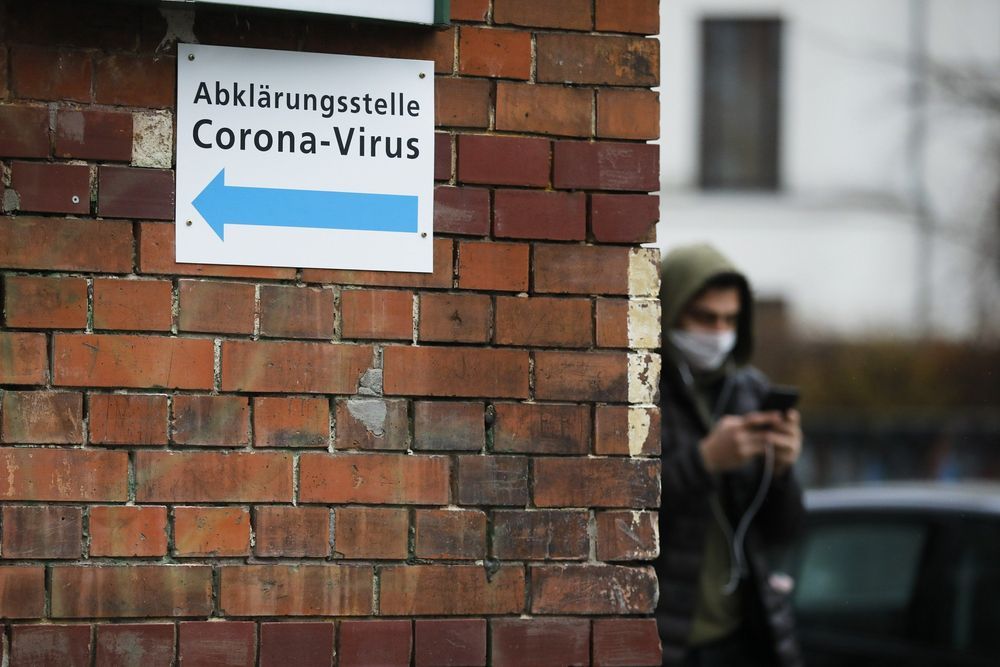
BERLIN (AP) — Germany has confirmed more than 1,100 cases of the new coronavirus but — so far — just two deaths, far fewer than other European countries with a similar number of reported infections.
Experts said Monday that rapid testing as the outbreak unfolded meant Germany has probably diagnosed a much larger proportion of those who have been infected, including younger patients who are less likely to develop serious complications.
That’s given authorities more chance of containing the virus, and more time to prepare for it.
